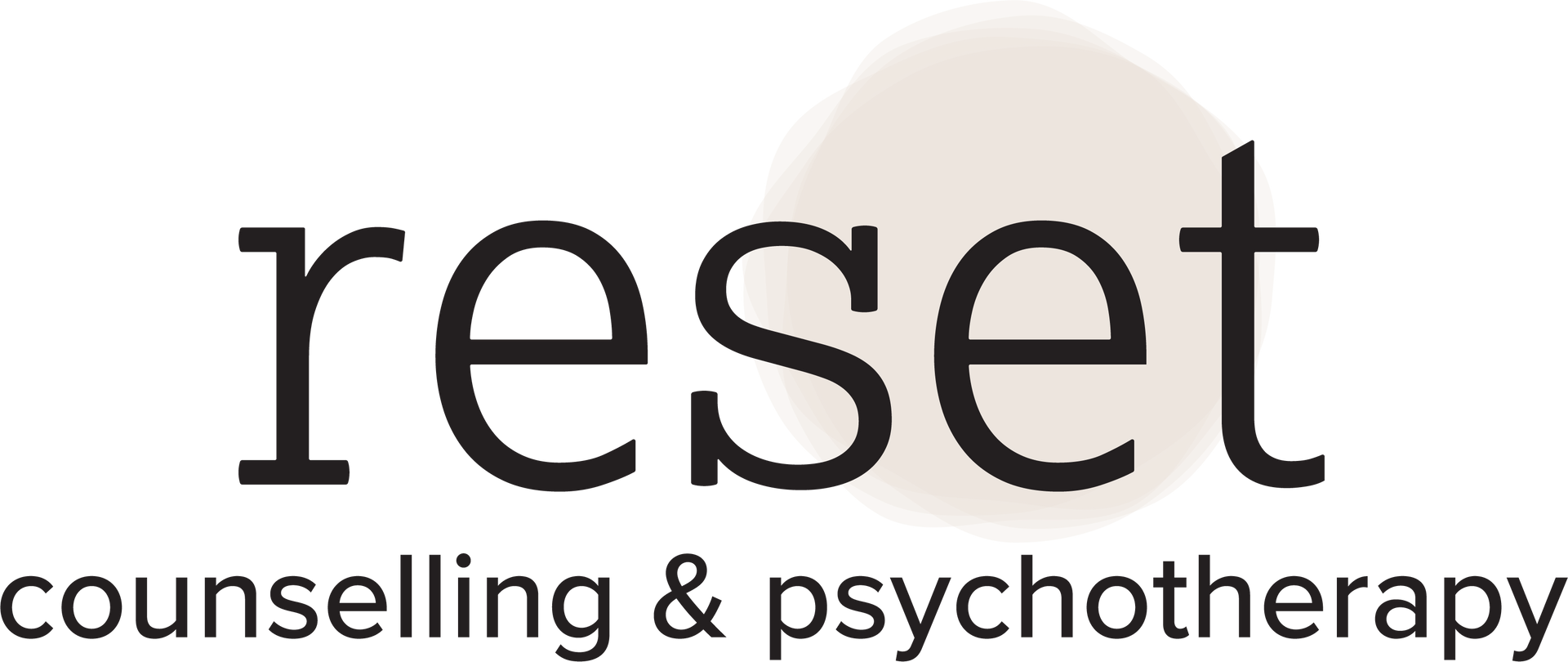How to Accept the Parts of Me that Let Me Down using IFS
Kathleen Tsang • April 21, 2020

Let’s face it—we all have parts of us that show up when we don’t want them to. Parts that are scared when we want to be strong, or angry when we want to be calm. Why are those parts even there? Why do they keep coming out of hiding? And how can we give them an appropriate space to say their piece so they stop interrupting?
We use the Internal Family Systems modality to talk about different parts that make us. It recognizes that at different times, certain parts of us take control. What those parts look like will depend on our personality and our experiences. Maybe there are parts that needs to be in control, parts that are hurt or violently angry. Note: The animated film Inside Out is helpful for understanding how the parts of us work.
IFS teaches us that we can group our parts into three main categories:
1) Managers—These parts like control. They deal with logistics, keep us routine-driven, and try to sort out our other parts.
2) Defenders—These parts are the firefighters. Their job is to protect us in difficult circumstances, to be strong, to fight.
3) Exiles—These are the vulnerable parts of us that we most often like to hide. Parts of us that experienced hurt, parts that are scared or lonely or addicted.
Using IFS allows us to internally explore those parts of us without confronting or shaming them. You’ll begin to recognize the roles of different parts and give them a chance to speak.
The goal is not to ‘fix’ those parts of us, instead we validate them by giving them a voice. What do they have to say to us? Even if those exiles are parts of us that we hate, this is an opportunity to share warmth with them and listen to whatever they need to express.
The most important aspect of IFS is learning how to relax our bodies. Before we do any inside work, we have to know how to bring our body to a relaxed state. This may be breathing or other relaxation techniques. This helps us speak to the different parts while reducing chances of re-traumatizing.
As we create a calm space for the different parts to speak, those part will begin to feel validated and accepted. This is where healing can begin.
If you would like to speak with one of our therapists, you can book online
or call 705-300-0077
Share this ...

